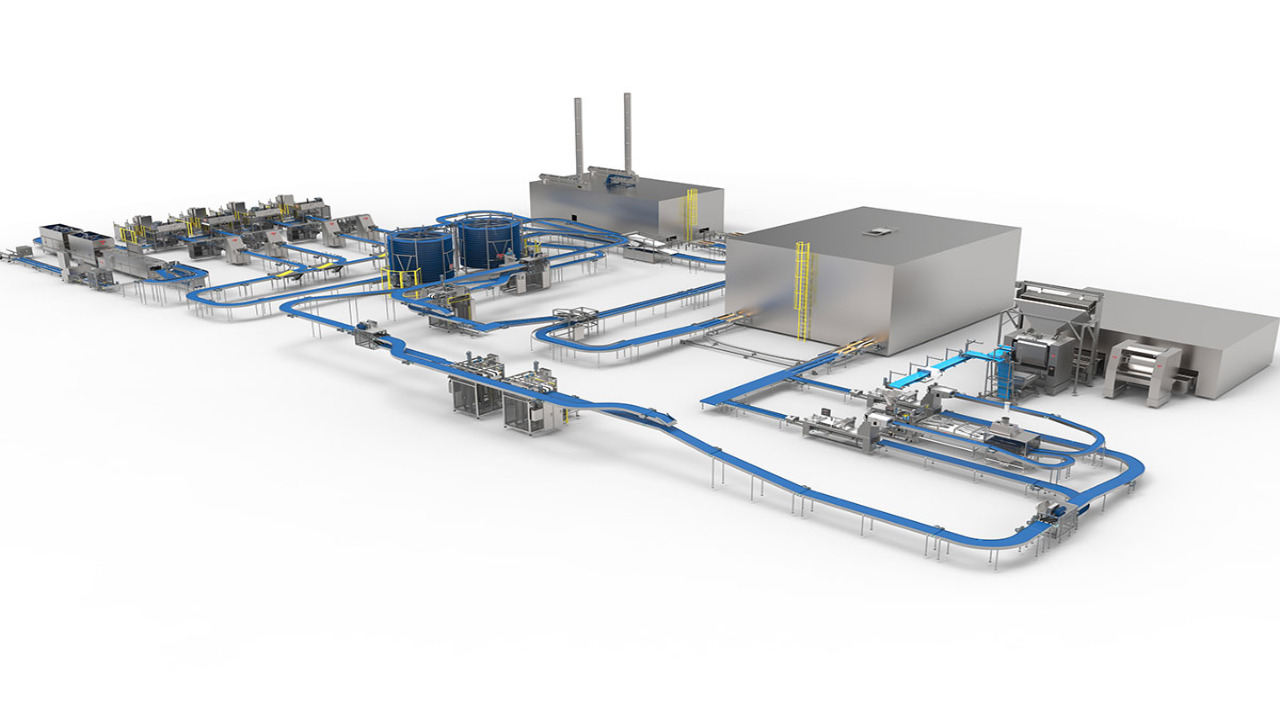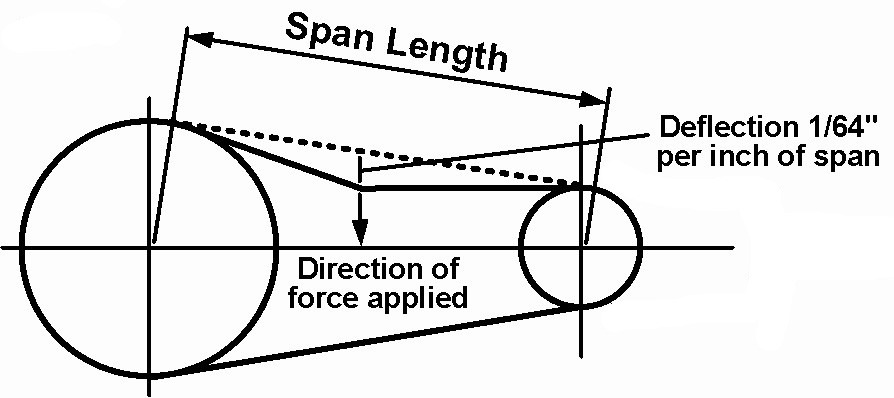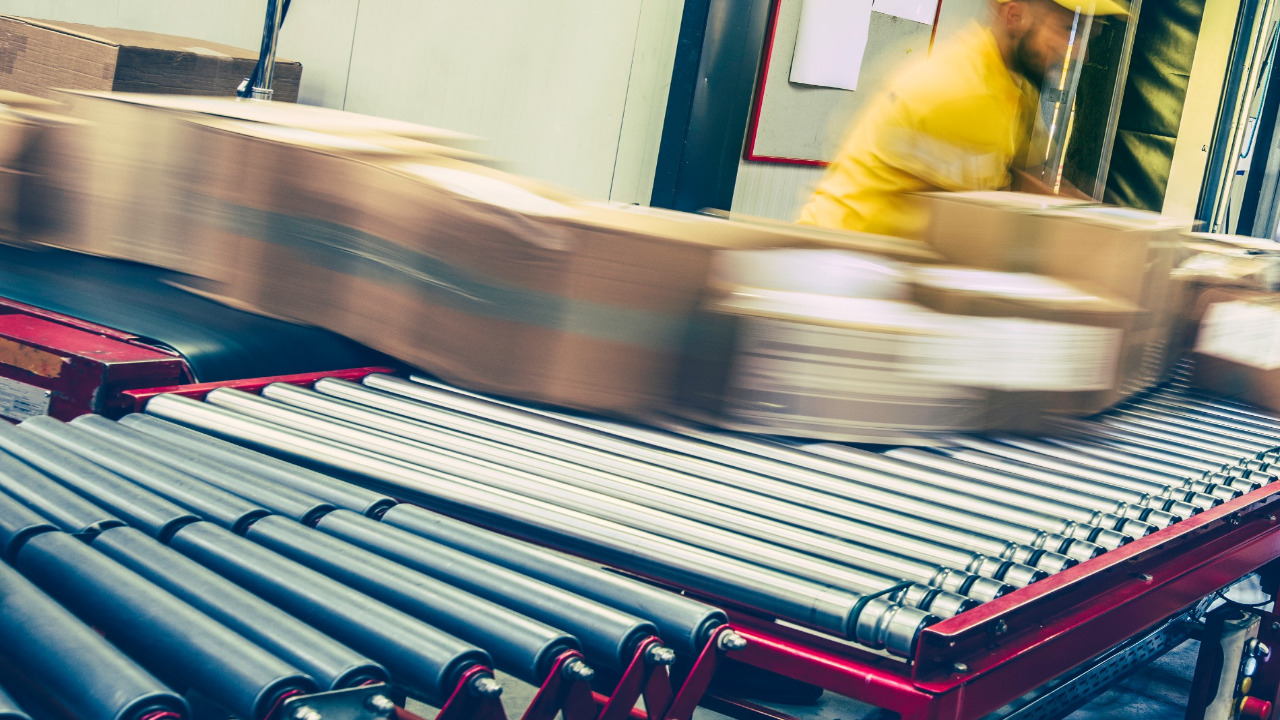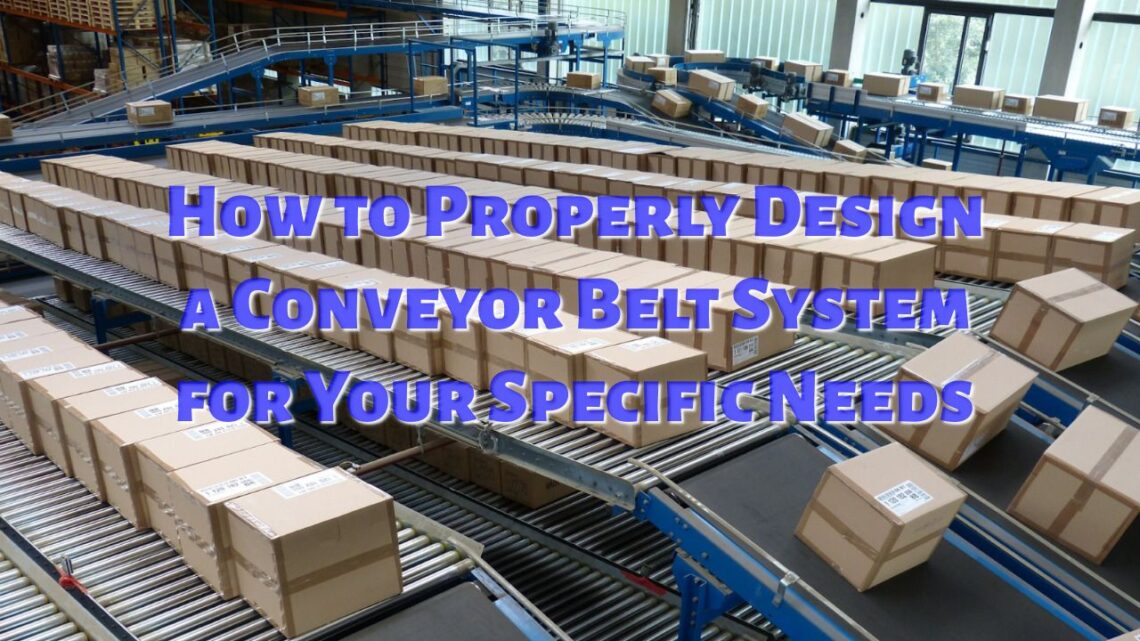A properly designed conveyor belt system is essential to optimize production efficiency and ensure the safe and reliable transport of materials in industrial operations. Whether you are designing a new conveyor belt system from scratch or modifying an existing system to meet changing production needs, there are a few key considerations that can help to ensure the success of your project. In this article, we will explore some of the key steps involved in designing a conveyor belt system for your specific needs.
Step 1: Identify Your Specific Needs

The first step in designing a conveyor belt system is to identify your specific needs. This includes factors such as the type of materials you will be transporting, the volume of materials that need to be transported, the distance that the materials need to be transported, and any specific environmental or safety requirements that need to be met. By clearly identifying your specific needs upfront, you can ensure that your conveyor belt design meets those needs, optimizing production efficiency and minimizing the risk of costly errors or safety issues.
Step 2: Determine the Type of Conveyor Belt

After identifying your specific needs, the subsequent step is to select the most suitable type of conveyor belt for your operation from a wide range of options, such as flat belts, modular belts, cleated belts, and more. Choosing the appropriate type of belt depends on several factors, including the type and quantity of materials being transported, the distance covered by the materials, and any specific environmental or safety requirements that need to be met.
It is important to carefully evaluate the pros and cons of each type of conveyor belt and to select the type that is best suited for your specific needs. This can help to optimize the production efficiency, reduce maintenance costs, and ensure the safe and reliable transport of materials.
Step 3: Determine the Belt Width and Length

Once you have determined the type of conveyor belt that is best suited for your operation, the next step is to determine the width and length of the belt. The width and length of the belt will depend on a range of factors, including the size and shape of the materials being transported, the volume of materials that need to be transported, and any specific environmental or safety requirements.
It is important to carefully consider the width and length of the belt, as this can impact the efficiency and reliability of the system. A belt that is too narrow or too short may cause materials to become jammed or stuck, while a belt that is too wide or too long may be unnecessarily expensive and difficult to maintain.
Step 4: Determine the Speed and Capacity

Once you have determined the type, width, and length of the conveyor belt, the next step is to determine the speed and capacity of the system. The speed and capacity of the system will depend on a range of factors, including the type and volume of materials being transported, the distance that the materials need to be transported, and any specific environmental or safety requirements.
It is important to carefully consider the speed and capacity of the system, as this can impact the efficiency and reliability of the system, as well as the safety of workers and materials. A system that is too fast or too high-capacity may pose a risk to workers or materials, while a system that is too slow or too low-capacity may be unnecessarily inefficient.
Step 5: Determine the Layout and Configuration

Finally, once you have determined the type, width, length, speed, and capacity of the conveyor belt system, the last step is to determine the layout and configuration of the system. This includes factors such as the placement of the belt, the configuration of any curves or inclines, and the location of any supports or guide rails.
It is important to carefully consider the layout and configuration of the system, as this can impact the efficiency and reliability of the system, as well as the safety of workers and materials. A well-designed layout and configuration can help to minimize the risk of jams, spills, or other safety hazards while optimizing production efficiency and minimizing maintenance costs.
In conclusion, designing a conveyor belt system for your specific needs requires careful consideration of a range of factors, including the type of materials being transported, the distance and volume of the materials, and any specific environmental or safety requirements. By following the steps outlined above, you can help to ensure that your conveyor belt system is optimized for your specific needs, maximizing production efficiency and minimizing the risk of costly errors or safety issues.

